Conservation Technology: How Technology Protects Wildlife
- August 2, 2024
- 0 comment
In the face of accelerating biodiversity loss and environmental degradation, conservation technology emerges as a beacon of hope. Leveraging advancements in technology, conservationists are now better equipped to tackle complex environmental challenges and safeguard the world’s wildlife. This article delves into the multifaceted realm of conservation technology, exploring its various applications, benefits, and the profound impact it has on wildlife protection.

Understanding Conservation Technology
Conservation technology refers to the integration of advanced technological tools and methodologies to enhance the effectiveness of conservation efforts. This interdisciplinary approach combines fields such as biology, ecology, engineering, computer science, and data analytics to create innovative solutions that address the pressing issues faced by wildlife and their habitats.
Key Applications of Conservation Technology
1. Remote Sensing and GIS (Geographic Information Systems)
Remote sensing technologies, such as satellites and drones, are pivotal in modern conservation efforts, providing high-resolution imagery and extensive data coverage that are crucial for monitoring vast and often inaccessible areas. Satellites offer broad-scale, continuous observation of the Earth’s surface, capturing detailed images and data on vegetation cover, land use, and environmental changes.

Drones complement this by providing more localized, high-resolution images and real-time data, which are particularly useful for surveying difficult-to-reach or hazardous areas. Geographic Information Systems (GIS) enhance the utility of remote sensing by allowing conservationists to analyze and visualize spatial data, identify trends, and track habitat changes over time. GIS tools enable the mapping of critical wildlife corridors, highlighting areas essential for animal movement and gene flow.
2. Wildlife Monitoring and Tracking
Advancements in GPS and radio telemetry have revolutionized wildlife monitoring, providing conservationists with the ability to track animal movements, behaviors, and population dynamics in real-time with unprecedented precision. GPS trackers and radio collars attached to animals, such as elephants, tigers, and other large mammals, transmit continuous location data, allowing researchers to map their migratory routes, home ranges, and critical habitats.
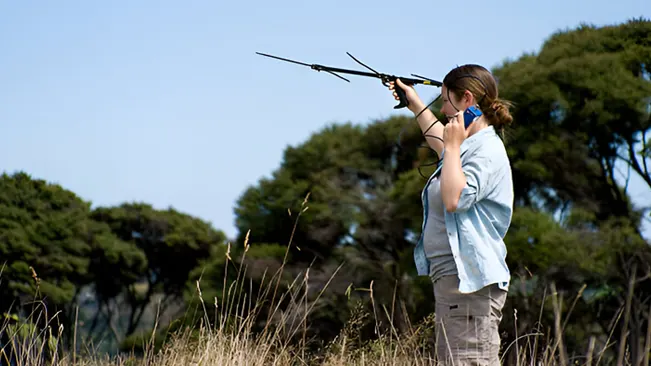
This detailed tracking information is crucial for understanding the spatial ecology of species, identifying key areas for conservation, and planning effective wildlife corridors. Moreover, real-time data from GPS and telemetry devices can help mitigate human-wildlife conflicts by predicting animal movements towards human settlements or agricultural lands, enabling timely interventions to prevent potential conflicts.
3. Camera Traps and Acoustic Monitoring
Camera traps and acoustic sensors have become indispensable tools for wildlife monitoring. Camera traps capture images and videos of animals in their natural habitats, providing insights into species diversity, behavior, and population trends.
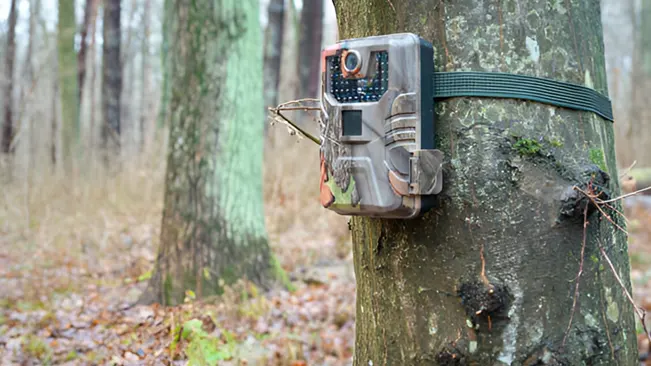
Acoustic sensors, on the other hand, are used to monitor vocal species like birds, bats, and frogs. These technologies offer non-invasive methods to study elusive and nocturnal species.
4. Environmental DNA (eDNA)
Environmental DNA analysis involves collecting DNA samples from the environment (e.g., water, soil) to detect the presence of species.
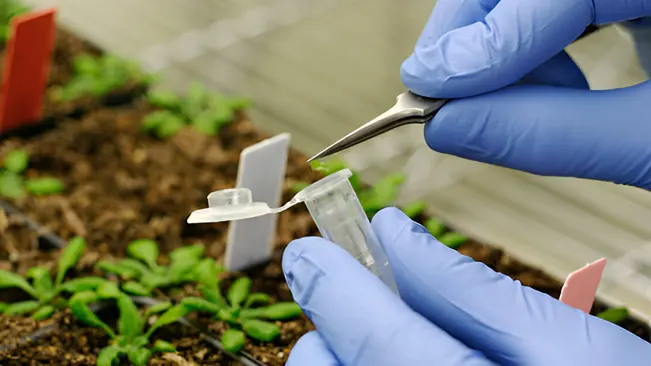
This technique is particularly useful for monitoring aquatic ecosystems and identifying rare or cryptic species. eDNA can provide early warning signs of species decline or invasion, allowing for timely conservation interventions.
5. Artificial Intelligence and Machine Learning
Artificial intelligence (AI) and machine learning algorithms are transforming conservation efforts by automating data analysis and pattern recognition.
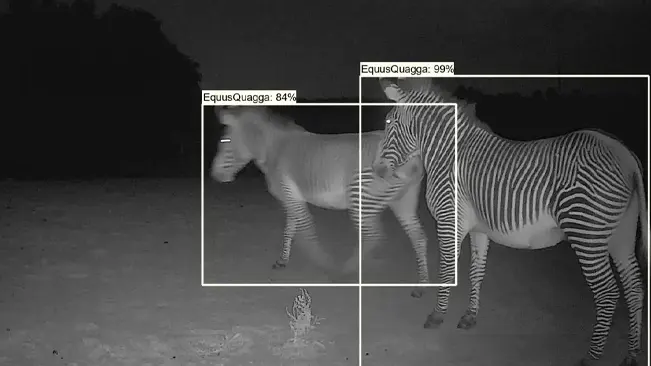
These technologies can process vast amounts of data from camera traps, acoustic sensors, and satellite images, identifying species, tracking movements, and detecting poaching activities. AI-driven models also predict future trends, helping conservationists devise proactive strategies.
6. Drones and UAVs (Unmanned Aerial Vehicles)
Drones are increasingly used for aerial surveys, anti-poaching patrols, and habitat mapping. Equipped with high-resolution cameras and thermal sensors, drones can cover large areas quickly and efficiently.
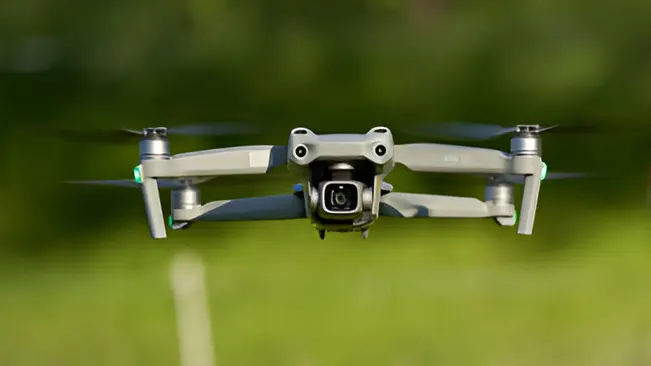
They provide real-time data on wildlife populations, habitat conditions, and illegal activities, enhancing the effectiveness of conservation efforts on the ground.
7. Blockchain Technology
Blockchain offers a secure and transparent way to track the provenance of wildlife products, such as ivory and rhino horn.
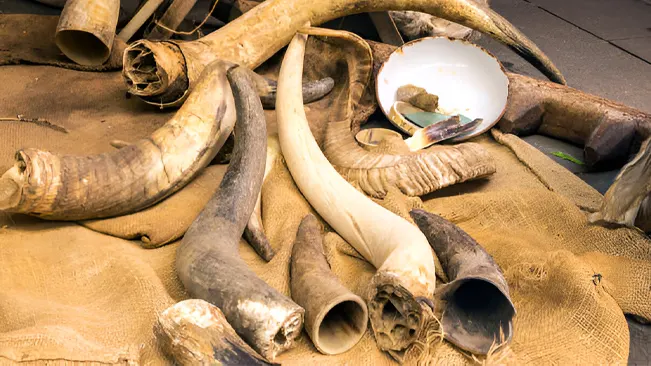
By ensuring that every transaction is recorded and cannot be altered, blockchain helps combat illegal wildlife trade. This technology also facilitates the traceability of sustainable products, promoting ethical consumer practices.
Benefits of Conservation Technology
1. Enhanced Data Collection and Analysis
Conservation technology enables the collection of accurate and comprehensive data, facilitating better understanding and management of ecosystems. High-quality data allow for precise monitoring of wildlife populations, habitat conditions, and environmental changes.
2. Improved Decision-Making
Access to real-time data and advanced analytical tools enhances decision-making processes. Conservationists can identify priority areas for intervention, allocate resources efficiently, and develop targeted conservation strategies.
3. Increased Efficiency and Cost-Effectiveness
Technological solutions streamline conservation efforts, making them more efficient and cost-effective. For example, drones can survey large areas in a fraction of the time required for traditional ground surveys, reducing labor costs and increasing coverage.
4. Non-Invasive Monitoring
Many conservation technologies, such as camera traps and acoustic sensors, offer non-invasive ways to monitor wildlife. These methods minimize disturbance to animals and provide more accurate data on their natural behaviors.
5. Strengthened Law Enforcement
Technology plays a crucial role in combating wildlife crime. Drones, AI, and blockchain technology enhance the ability to detect and prevent illegal activities, supporting law enforcement agencies in their efforts to protect endangered species.
Challenges and Future Directions
While conservation technology offers numerous benefits, it also faces challenges. High costs, technical expertise requirements, and data management complexities can hinder widespread adoption. Additionally, ethical considerations surrounding the use of invasive tracking devices and data privacy need to be addressed.
Future directions in conservation technology include the development of more affordable and user-friendly tools, increased collaboration between technologists and conservationists, and the integration of indigenous knowledge systems. Continued innovation and investment in technology will be crucial for addressing emerging conservation challenges and ensuring the long-term survival of the world’s wildlife.
Conclusion
Conservation technology represents a powerful alliance between science and technology, offering unprecedented opportunities for wildlife protection and habitat preservation. The integration of advanced tools and methodologies, such as remote sensing, GPS tracking, eDNA analysis, and AI-driven data analytics, has revolutionized the field of conservation. These technologies provide conservationists with precise, real-time data that enhances their understanding of complex ecological dynamics and enables more effective monitoring of species and ecosystems.
For instance, remote sensing and GIS facilitate the tracking of habitat changes and the mapping of critical wildlife corridors, while GPS tracking and biotelemetry provide invaluable insights into the movement patterns and behaviors of individual animals. By leveraging these technologies, conservationists can develop targeted strategies to address specific threats, optimize resource allocation, and implement proactive measures to protect endangered species and their habitats.
As technology continues to evolve, its role in conservation will become increasingly vital, providing hope for a sustainable future where both humans and wildlife can thrive. Innovations in drone technology, blockchain for anti-poaching efforts, and AI for predictive modeling are just the beginning. The ongoing advancement and adoption of conservation technology hold the promise of overcoming many of the current limitations and challenges faced by traditional conservation methods. Furthermore, these technologies can enhance public engagement and education, fostering a global community that is more informed and involved in conservation efforts.
Frequently Asked Questions (FAQs)
1. What is conservation technology?
Conservation technology involves the use of advanced technological tools and methodologies to enhance wildlife conservation efforts. It includes remote sensing, GIS, wildlife tracking, camera traps, and more.
2. How do drones aid in wildlife conservation?
Drones provide aerial surveys, anti-poaching patrols, and habitat mapping. They cover large areas quickly, offering real-time data on wildlife populations, habitat conditions, and illegal activities.
3. What is environmental DNA (eDNA) and how is it used in conservation?
Environmental DNA (eDNA) involves collecting DNA samples from the environment, such as water or soil, to detect the presence of species. It’s useful for monitoring aquatic ecosystems and identifying rare or cryptic species.
4. How does artificial intelligence (AI) contribute to wildlife conservation?
AI and machine learning automate data analysis and pattern recognition from camera traps, acoustic sensors, and satellite images. They help identify species, track movements, detect poaching, and predict future trends.
5. What are the benefits of using camera traps in conservation?
Camera traps capture images and videos of animals in their natural habitats. They provide insights into species diversity, behavior, and population trends without disturbing the animals.
6. How does blockchain technology help combat illegal wildlife trade?
Blockchain provides a secure and transparent way to track the provenance of wildlife products. It ensures every transaction is recorded and immutable, aiding in the fight against illegal wildlife trade.
7. What challenges does conservation technology face?
Challenges include high costs, technical expertise requirements, data management complexities, and ethical considerations regarding animal welfare and data privacy.
8. How do smart collars and wearable technology aid wildlife monitoring?
Smart collars and wearable devices equipped with sensors collect data on animal movements, behavior, and environmental conditions. They alert researchers to unusual behaviors, enabling timely intervention.
9. Can technology help mitigate the impacts of climate change on wildlife?
Yes, technologies like AI models can predict climate-induced habitat changes, guide conservation planning, and monitor climate impacts on wildlife and ecosystems.
10. How can the public get involved in conservation technology efforts?
The public can participate through citizen science initiatives, using mobile apps and online platforms to collect data on wildlife. Engaging in these efforts helps enhance data collection and fosters a sense of stewardship.

Gilbert Griffin
Forestry AuthorGilbert Griffin is a forest management expert specializing in sustainable practices, forest health, conservation, and land management. With extensive knowledge in pest control, disease management, and habitat restoration, Gilbert develops strategies to preserve forest ecosystems and biodiversity. Passionate about the natural world, Gilbert adapts to changes in forest management and stays updated through continuous learning. Gilbert also provides seasonal advice to optimize forest care throughout the year.

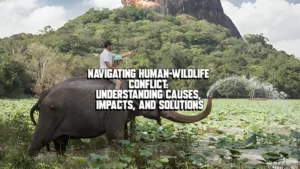
Leave your comment